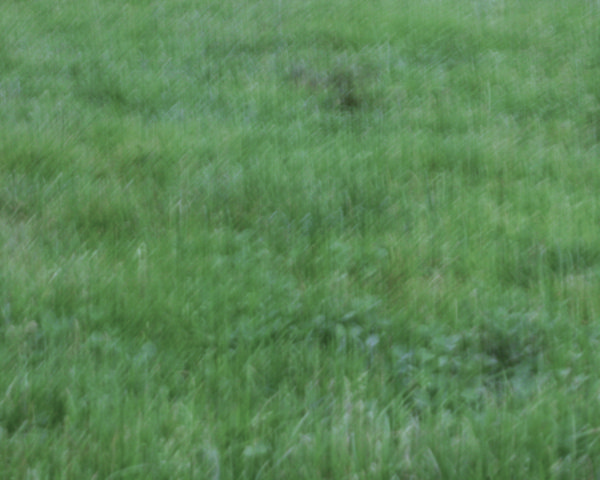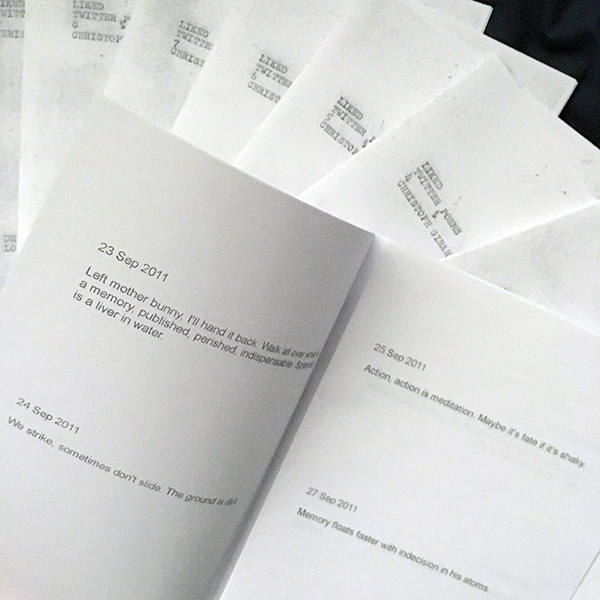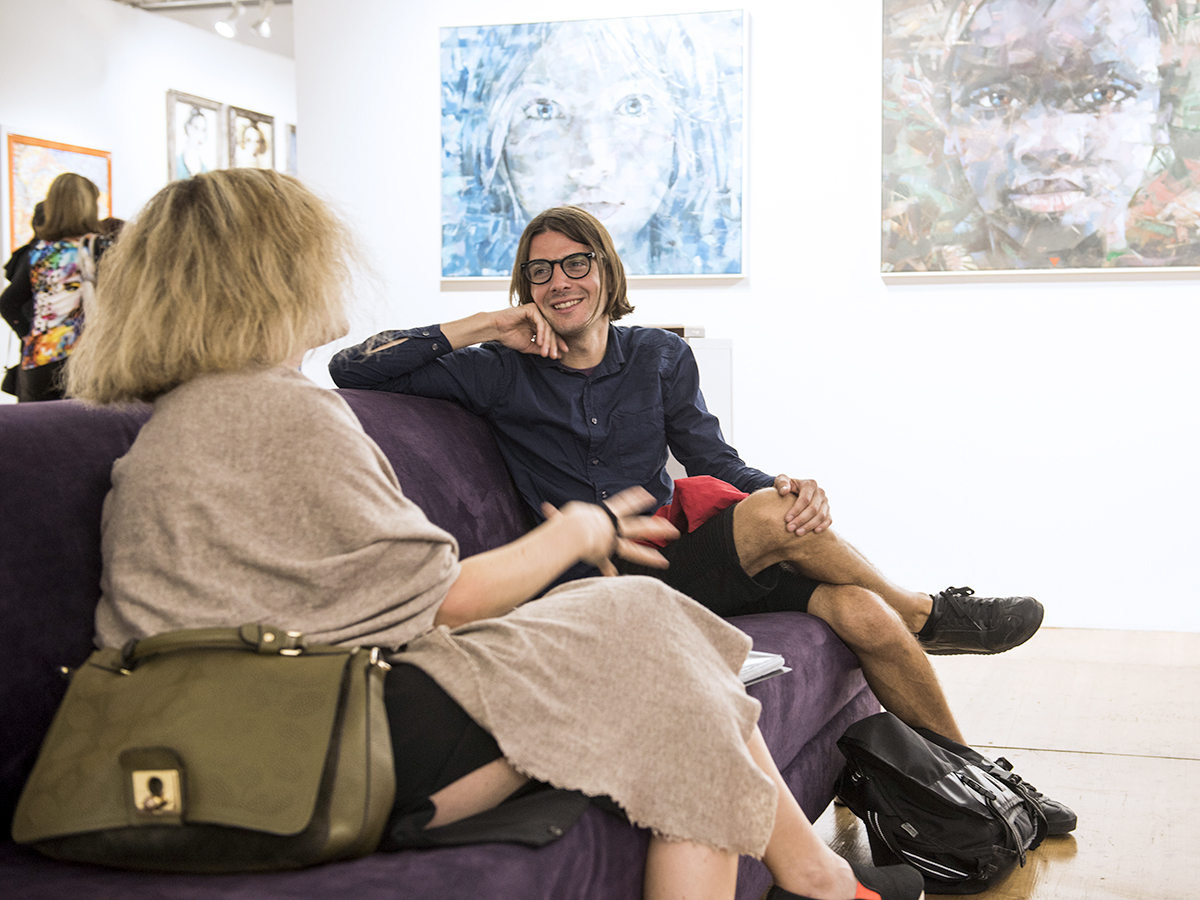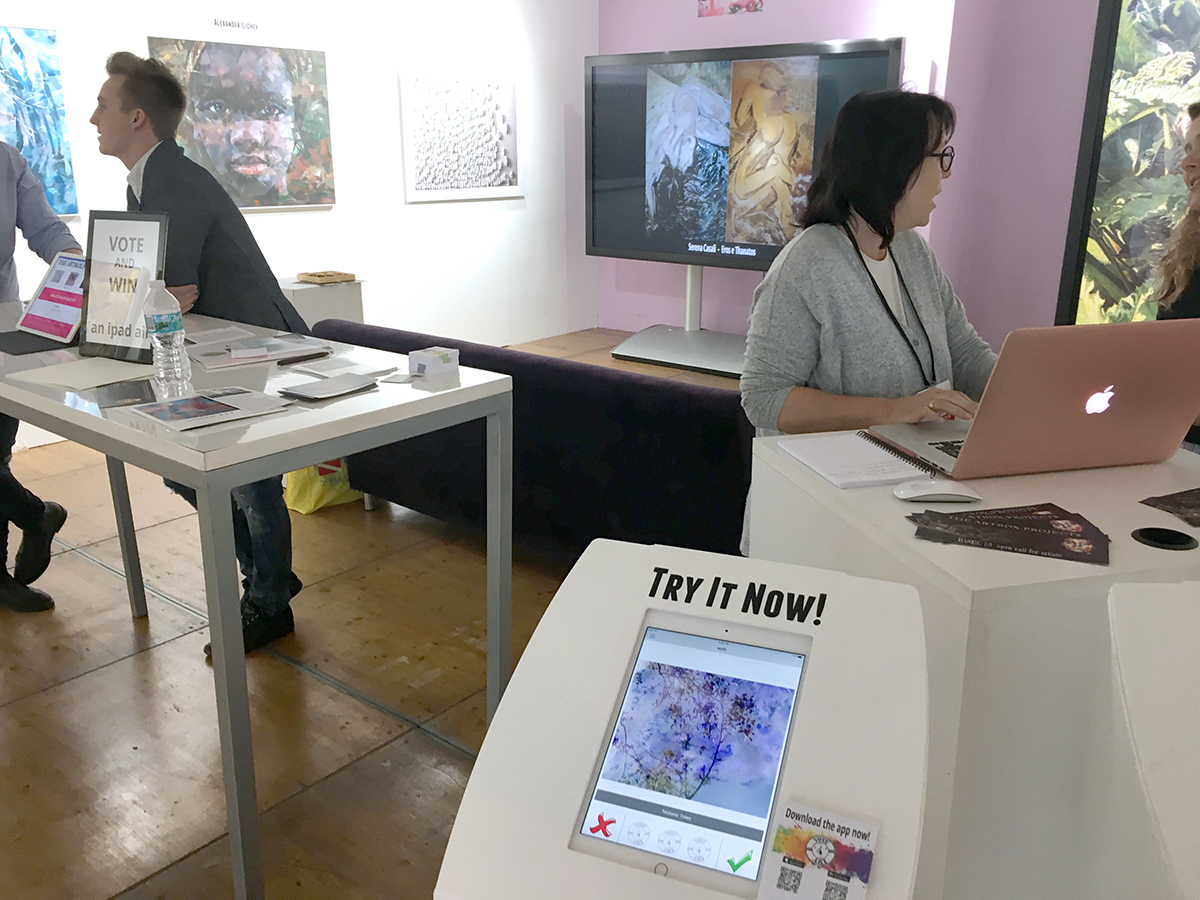All But Dissertation (ABD) is an Edgar Allan Poe inspired story (and dirge) offered in Spanish and English. Santa Cruz is haunted by an earthquake and my dead radical ex-lover.
Todos menos la tesis es una historia (e endecha) inspirada en Edgar Allan Poe que se ofrece en español e inglés. Santa Cruz está embrujada por un terremoto y mi ex amante radical y muerto.
—
All But Dissertation
 I have lived in San Francisco before and I have visited Santa Cruz often from this city. I am now a teaching assistant and a graduate student there. As you go down the two way road from the big city, the intensely green bushes continue up the hill on top of a mountain overlooking the Pacific Ocean. The huge redwoods hide each of the buildings. There are bridges that connect each of the buildings because the campus buildings are not closely connected to each other. Within the university bubble, there is a radical political life. An hourly public bus takes the radical students back to the city center. The Loma Prieta earthquake in 1989 fractured the city center and the green trees on the campus hide the destruction of the earthquake. Roads are also like tectonic plates. There are new signs in front of pale and old buildings that lean towards where the earth sinks through the faults, and where the buildings of the past, due to the lack of the structure, crumble.
I have lived in San Francisco before and I have visited Santa Cruz often from this city. I am now a teaching assistant and a graduate student there. As you go down the two way road from the big city, the intensely green bushes continue up the hill on top of a mountain overlooking the Pacific Ocean. The huge redwoods hide each of the buildings. There are bridges that connect each of the buildings because the campus buildings are not closely connected to each other. Within the university bubble, there is a radical political life. An hourly public bus takes the radical students back to the city center. The Loma Prieta earthquake in 1989 fractured the city center and the green trees on the campus hide the destruction of the earthquake. Roads are also like tectonic plates. There are new signs in front of pale and old buildings that lean towards where the earth sinks through the faults, and where the buildings of the past, due to the lack of the structure, crumble.
On a bus to campus, I met his eyes that were staring at me. I didn’t know who he was, but I remember those blue eyes like ice that kept me hypnotized. Those blue eyes that attract and light up like a cold fire in a burning bus full of students. I barely remembered anything else, the high line of his hair under curly blond hair. The social network followed the small town from the algorithm on Facebook and made a small digital town. Quickly, through a friend of a friend, I found those eyes on Facebook.
I titled the subject of the email, Awkward, but …
How do I explain what I wrote? How do I explain the word for “awkward” in Spanish? There is not a word uncomfortable enough to describe what I want to do to you in Spanish. There is no word for “uncomfortable.” Awkward, but I want to meet you. Awkward, but I remember your eyes like a cold fire. Awkward, but I don’t believe in monogamy, do you?
But the word “awkward” broke the ice. He wanted us to meet.
The only place in the city center open until late at night for a chat was a cafeteria with fluorescent lights next to the bus stop. It was like a solitary moon in the dark night. There was no one in the dark the night we met, there was no one in the light. The cold of January night penetrated through the glass windows and the metal chairs and tables beside him. The only sound at night was the horrible noise of the bus exhaust pipes. He did not come. I waited for two hours and then went home.
I wrote to him. He apologized and said he was very busy completing a series of translations of Michel Foucault from the French. He was a radical Marxist and was finishing an experimental doctorate. My university was famous and notorious for having an abstract subject of study called “History of Consciousness” that brought radical activists from around the world. I missed Angela Davis’ Black Panther activism, who was imprisoned in the 1970s and teaches there. His disobedience did not make him famous either. He would never leave the program, unlike the famous student whose rejected dissertation was published and distributed in bookstores. It seemed that one dropped out or stayed.
I had seen a guy from the same program five years before, he was an Anarchist and not a Marxist. He was still in the program five years later because they continued to grant his student scholarships for his apartment in San Francisco. I never saw him in Santa Cruz.
I tried a second time. He invited me to his house. He lived in a guest house behind a gray single-story house, near the center of town. He had placed cut flowers around the windows and many open books. The light from the windows overwhelmed and formed silhouettes of vases with freshly decapitated flowers. His cat was very old and slept in the closet. We quickly started kissing when we entered. We walked to the shower and when I touched him, he had an orgasm almost immediately, almost a minute. As soon as he finished, it was time to leave, but I washed his dishes and slept there.
The second time we met, we talked about politics. I told him I was a Libertarian in an Afghan restaurant. I thought I only believed in autonomy. My art studies made me unconscious around me and aware of myself. His studies of post-structural philosophy made him more politically aware than self-aware. He grimaced behind my plate of chana masala. But he followed me uphill through the dense redwoods to the campus apartment and the double bed. We lay together in bed under a bright fluorescent light and stared into his eyes. The darkness of the windows at night was shaded by the thick trunks of the redwoods. They couldn’t eliminate the bright light from the eyes that wanted to leave mine. And he left.
It was a hard week. I went to boring parties hoping to see him. After he rejected my attempts to see him again, I sent him one last invitation to attend a boring art party of my classmates. I went to the guest house behind the gray house and the lights were on. I knocked on the door. He opened the door, but partially. He was sweaty and the sweat remained on his face. His mouth opened, which fell from fatigue rather than the surprise of seeing me. He smiled as if exhausted but not exhausted by me before closing the door. I walked home alone.
A few months later, the redwoods of the campus on top of the mountain whispered the music of the occupation. To accompany the occupants, the occupation inspired a night dance party in front of the buildings. Under the redwood trees, music exploded. The Anarchists and Marxists of Santa Cruz joined, the Anarchists stormed the buildings and the Marxists helped develop a plan. A graduate student building is blocked. The sofas surrounded the door to prevent the police from entering. They went up the first night, during the occupation dance party, to talk to the lookouts sleeping on the concrete slabs under the trees.
They turned off the music and went home. Under the tall whispering trees, I protected the other Marxists and Anarchists that first night while sleeping on the ground with a guy I was dating, a former student. But I didn’t sleep with him before giving him an A. The Marxists and the Anarchists were locked together when the police escorted us out of the building.
The sofas remained in front of the door for three months while the building collapsed internally. But the building collapsed internally because the Anarchists and Marxists did not get along. It was a class struggle within the broader class struggle they were fighting for. Many of the Anarchists did not go to university and lived in the city. Almost all Marxists were exclusively graduate students.
I stopped taking the bus. I got off by bicycle from the campus. In the background, the ocean felt as small as each of the small buildings. I had my unremarkable exhibition. I graduated with a degree in art. I never saw him again.
I never talked to anyone about him, even though he talked to many people about me. He described me as crazy. He described me in detail to people at parties. There was an expectation in my lovers to compare what he described with what they saw when my pants fell off. I called him a douchebag and said something about his privilege before he blocked me on Facebook. This was many years ago.
I returned to campus five years later. I was invited to give a speech among many of the alumni about my achievements. I was poor and didn’t have many achievements. I stayed in a hostel and made false receipts for airline tickets and hotels where I didn’t stay to get more money from the university. Almost all of my former classmates showed up to their own speeches. So I gave my ten-minute speech early in the morning to an audience of chairs and the cameraman.
The guy never finished his doctorate. I had nothing to say to him. As far as I knew at the time, as I walked towards the city and climbed to the top of the hill along the steep road. I saw a friend or whatever she was of his, a woman who talked too much who was also the roommate of my former student slash ex-boyfriend. She had a lovechild with a former Anarchist classmate who was still in Santa Cruz and pushed the sleeping lovechild. I didn’t smile or talk to her, but I saw the top of the baby’s bald head. It reminded me of the hairline I ran my finger through. The winding road like the baby’s blond curls went down another hill. I went towards the beach until I didn’t see the baby. I was walking towards the cold gray ocean. The still water of the beach had no emotion. There were no walruses. There were no people.
Another five years later, I got married. I told my spouse about this person. He searched his name on Google and discovered his obituary. It was hard to believe he had killed himself. He never left Santa Cruz and never left his endless doctoral studies. The creepy thing was that he died at the same time that I went to campus! I never knew.
I remember him as one of the people who stayed in Santa Cruz like the ancient redwood trees. Those blue eyes that attracted me turned into the gray ocean and the white sky of Santa Cruz. I ruled out his death for being existential and philosophical because he translated so many French philosophers. But I wondered about him. I barely remember what he said behind the redwoods because the blocked screen blocked my memory too and closed the blinds of something I didn’t want to see. I can’t remember his eyes beyond the gray of the Pacific Ocean because a dead body cannot unblock on Facebook.
—
Todo menos la tesis
 He vivido en San Francisco anteriormente y a menudo he visitado Santa Cruz desde esta ciudad. Ahora soy asistente de enseñanza y estudiante de posgrado allí. Cuando vas por el pequeño camino desde la gran ciudad, los arbustos intensamente verdes continúan hasta la colina en la cima de una montaña que domina el océano Pacífico. Las secoyas enormes esconden cada uno de los edificios. Hay puentes que conectan cada uno de los edificios porque los edificios del campus no están estrechamente conectados entre sí. Dentro de la burbuja de la universidad existe una radical vida política. Un autobús público cada hora lleva a los estudiantes radicales de vuelta al centro de la ciudad. El terremoto de Loma Prieta en 1989 fracturó el centro de la ciudad y los árboles verdes en el campus ocultan la destrucción del terremoto. Las carreteras también son como las placas tectónicas. Hay nuevas señales frente a pálidos y viejos edificios que se inclinan hacia donde la tierra se hunde por las fallas, y donde los edificios del pasado, por la falta de la estructura se desmoronan.
He vivido en San Francisco anteriormente y a menudo he visitado Santa Cruz desde esta ciudad. Ahora soy asistente de enseñanza y estudiante de posgrado allí. Cuando vas por el pequeño camino desde la gran ciudad, los arbustos intensamente verdes continúan hasta la colina en la cima de una montaña que domina el océano Pacífico. Las secoyas enormes esconden cada uno de los edificios. Hay puentes que conectan cada uno de los edificios porque los edificios del campus no están estrechamente conectados entre sí. Dentro de la burbuja de la universidad existe una radical vida política. Un autobús público cada hora lleva a los estudiantes radicales de vuelta al centro de la ciudad. El terremoto de Loma Prieta en 1989 fracturó el centro de la ciudad y los árboles verdes en el campus ocultan la destrucción del terremoto. Las carreteras también son como las placas tectónicas. Hay nuevas señales frente a pálidos y viejos edificios que se inclinan hacia donde la tierra se hunde por las fallas, y donde los edificios del pasado, por la falta de la estructura se desmoronan.
En un autobús al campus, me encontré con sus ojos que me miraban fijamente. No sabía quién era ella, pero recuerdo aquellos ojos azules como el hielo que me mantenían hipnotizados. Esos ojos azules que atraen y se iluminan como un fuego frío en un autobús ardiente lleno de estudiantes. Apenas recordaba otra cosa, la alta línea de su cabello, bajo el cabello rubio rizado. La red social siguió el pequeño pueblo a partir del algoritmo en Facebook e hizo un pequeño pueblo digital. Rápidamente, a través de un amigo de un amigo, encontré esos ojos en Facebook.
Titulé el asunto del correo electrónico, Incómodo, pero…
¿Cómo explico lo que escribí? ¿Cómo explico la palabra inglesa para “awkward” en español? No hay una palabra lo suficientemente incómoda como para describir lo que quiero hacerte en español. No hay una palabra para “incómodo”. Qué incómodo, pero quiero conocerte. Qué incomodo, pero recuerdo tus ojos como un fuego frío. Qué incómodo, pero yo no creo en la monogamia, ¿y tú?
Pero la palabra “incómodo” rompió el hielo. Él quería que nos conociéramos.
El único lugar en el centro de la ciudad abierto hasta altas horas de la noche para charlas informales era una cafetería con luces fluorescentes al lado de la parada del autobús. Era como la luna solitaria en la noche oscura. Había nadie en la oscuridad la noche que nos conocimos, había nadie a la luz. El frío de la noche de enero penetraba a través de las ventanas de cristal y las sillas y mesas de metal a su lado. El único sonido en la noche era el horrible ruido de los tubos de escape de los autobuses. Él no vino. Esperé dos horas y me fui a casa.
Le escribí. Se disculpó y dijo que estaba muy ocupada completando una serie de traducciones de Michel Foucault del francés. Era una Marxista radical y estaba terminando un doctorado experimental. Mi universidad era famosa y notoria por tener un tema abstracto de estudio que se llamaba “La Historia de la Conciencia” que trajo activistas radicales de todo el mundo. Extrañaba el activismo de Pantera Negra de Angela Davis, quien fue encarcelada en la década de 1970 y enseña allí. Su desobediencia tampoco la hizo famosa. Él nunca abandonaría el programa, a diferencia del famoso estudiante cuya disertación rechazada se publicó y distribuyó en librerías. Parecía que uno renunciaba o se quedaba.
Había salido con un chico del mismo programa cinco años antes, que era Anarquista y no Marxista. Él seguía en el programa cinco años más tarde porque continuaban otorgándole becas estudiantiles para su apartamento en San Francisco. Nunca la vi en Santa Cruz.
Lo intenté por segunda vez. Me invitó a su casa. Vivía en una casa de huéspedes detrás de una casa gris de un solo piso, cerca del centro del pueblo. Había colocado flores cortadas alrededor de las ventanas y muchos libros abiertos. La luz de las ventanas abrumaba y formaba siluetas de los jarrones con flores recién decapitadas. Su gato era muy viejo y dormía en el armario. Rápidamente empezamos a besarnos cuando entramos. Caminamos hacia la ducha y cuando le toqué, él tuvo un orgasmo casi inmediatamente, casi al minuto. Tan pronto como él terminó, era hora de irme, pero yo lavé sus platos y dormí allí.
La segunda vez que nos vimos, hablamos de política. Le dije que era una Libertaria en un restaurante afgano. Pensé que solo creía en la autonomía. Mis estudios de arte me hicieron inconsciente de mi alrededor y consciente de mí mismo. Sus estudios de filosofía posestructural le hicieron más políticamente consciente que consciente de sí misma. Hizo una mueca detrás de mi plato de chana masala. Pero él me siguió cuesta arriba a través de las densas secuoyas hasta el departamento del campus y la cama doble. Nos acostamos juntos en la cama debajo de una brillante luz fluorescente y le miré fijamente a los ojos. La oscuridad de las ventanas en la noche se sombreaban por los gruesos troncos de las secoyas. No podían eliminar la luz brillante de los ojos que querían dejar los míos. Y él se fue.
Fue una semana dura. Fui a fiestas aburridas con la esperanza de verle. Después de que rechazó mis intentos de volver a verle, le envié una última invitación para que asistiera a una aburrida fiesta de arte de mis compañeros. Fui a la casa de huéspedes detrás de la casa gris y las luces estaban encendidas. Llamé a la puerta. Él abrió la puerta, pero parcialmente. Estaba sudorosa y el sudor permanecía en su rostro. Su boca se abrió, que se cayó por el cansancio más que la sorpresa de verme. Él sonrió como si agotada pero no estuviera agotada por mí antes de cerrar la puerta. Caminé a casa solo.
Unos meses más tarde, las secuoyas del campus en la cima de la montaña susurraron la música de la ocupación. Para acompañar a los ocupantes, la ocupación inspiró una fiesta de baile nocturna frente a los edificios. Debajo de los árboles de secuoyas, la música estalló. Los Anarquistas Marxistas de Santa Cruz se unieron, los Anarquistas irrumpieron en los edificios y los Marxistas ayudaron a desarrollar un plan. Se bloquea un edificio de estudiantes de posgrado. Los sofás rodearon la puerta para evitar que entrara la policía. Subieron la primera noche, durante la fiesta de baile de la ocupación, para hablar con los vigías que dormían en las losas de concreto debajo de los árboles.
Apagaron la música y se fueron a casa. Debajo de los altos árboles que susurraban, protegí a los otros Marxistas y Anarquistas esa primera noche mientras dormía en el suelo con una chica con la que estaba saliendo: una antigua estudiante. Pero no me acosté con él antes de darle la A. Los Marxistas y los Anarquistas se quedaron encerrados juntos cuando la policía nos escoltó fuera del edificio.
Los sofás permanecieron frente a la puerta durante tres meses mientras el edificio se derrumbaba internamente. Pero el edificio se derrumbó internamente porque los Anarquistas y Marxistas no se llevaban bien. Fue una lucha de clases dentro de la lucha de clases más amplia por la que estaban luchando. Muchos de los Anarquistas no fueron a la universidad y vivían en la ciudad. Casi todos los Marxistas eran exclusivamente estudiantes de posgrado.
Dejé de tomar el autobús. Bajé en bicicleta desde el campus. Al fondo, el océano se sentía tan pequeño como cada uno de los pequeños edificios. Tuve mi exposición poco notable. Me gradué con una licenciatura en arte. Nunca la volví a ver.
Nunca hablé con nadie sobre él, a pesar de que habló con muchas personas sobre mí. Él me describió como loco. Él me describió en detalle a las personas en las fiestas. Había una expectativa en mis amantes por comparar lo que él describió con lo que vieron cuando se caían mis pantalones. Le llamé puta y le dije algo sobre su privilegio antes de que me bloqueara en Facebook. Esto fue hace muchos años.
Volví al campus cinco años después. Fui invitado a dar un discurso entre muchos de los exalumnos sobre mis logros. Yo era pobre y no tenía muchos logros. Me alojé en un albergue e hice recibos falsos de los billetes de avión y de los hoteles en los que no me quedé para conseguir más dinero de la universidad. Casi todos de mis antiguos compañeros de clase se presentó a sus propios discursos. Así que di mi discurso de diez minutos por la mañana temprano a una audiencia de las sillas y la camarógrafa.
El chico nunca terminó su doctorado. No tenía nada que decirle a él. Por lo que yo sabía en ese momento, mientras caminaba hacia la ciudad y subía a la cima de la colina a lo largo del camino inclinado. Vi a la amiga o lo que sea, una mujer que hablaba demasiado y al compañero de cuarto de mi ex estudiante y el ex novio. Ella todavía estaba allí también. Ella empujó el carruaje de su bebe dormido. El padre era un ex compañero de clase Anarquista. No sonreí ni hablé con ella, pero vi la parte superior de la cabeza calva del bebé. Me recordó la línea del cabello por la que pasé el dedo. La sinuosa carretera como sus rizos rubios bajaba otra colina y hacia la playa y no vi el bebe. Caminaba hacia el frío océano gris. El agua quieta de la playa no tenía emoción. No había morsas. No había gente.
Otros cinco años después, me casé. Le conté a mi esposo sobre esta persona. Buscó su nombre en Google y descubrió su esquela. Era difícil creer que se había suicidado. Nunca dejó Santa Cruz y nunca dejó sus interminables estudios de doctorado. ¡Lo espeluznante era que él murió al mismo tiempo que yo fui al campus! Nunca lo supe.
La recuerdo a él como de las personas que se quedaban en Santa Cruz como los árboles secuoyas milenarios. Esos ojos azules que me atraían se volvieron en el océano gris y el cielo blanco de Santa Cruz. Descarté su muerte por ser existencial y filosófica porque él tradujo a tantos filósofos franceses. Pero me preguntaba por él. Apenas recuerdo lo que dijo detrás de las secuoyas porque la pantalla bloqueada bloqueaba mi memoria también y cerraba las persianas de algo que no quiero ver. No puedo recordar sus ojos más allá del gris del océano Pacífico porque un cadáver no puede desbloquear en Facebook.

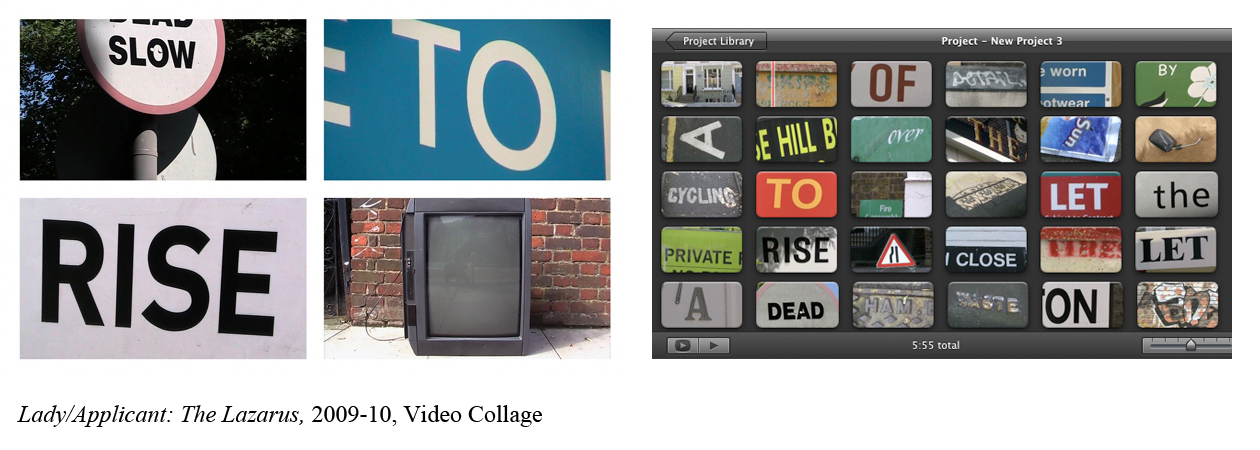


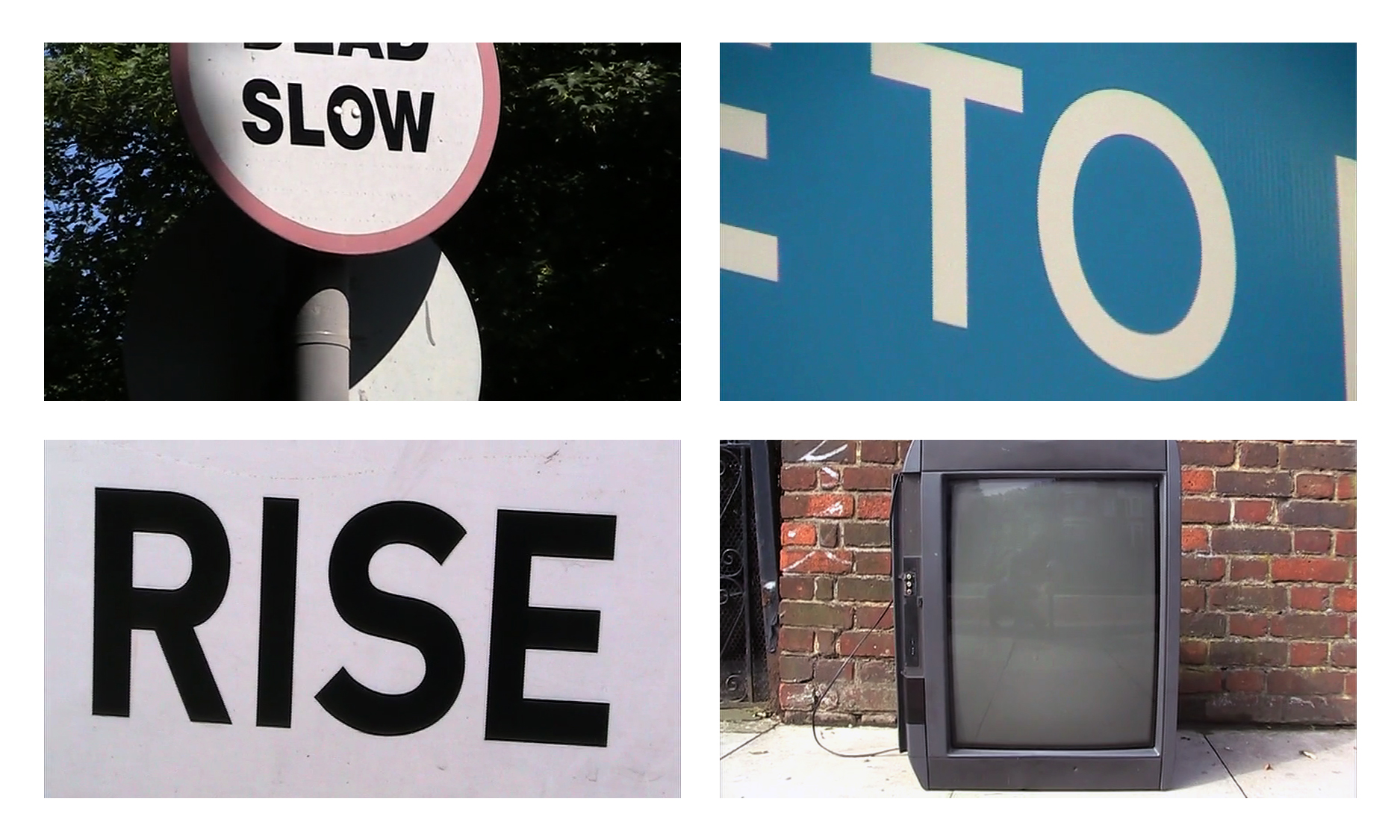

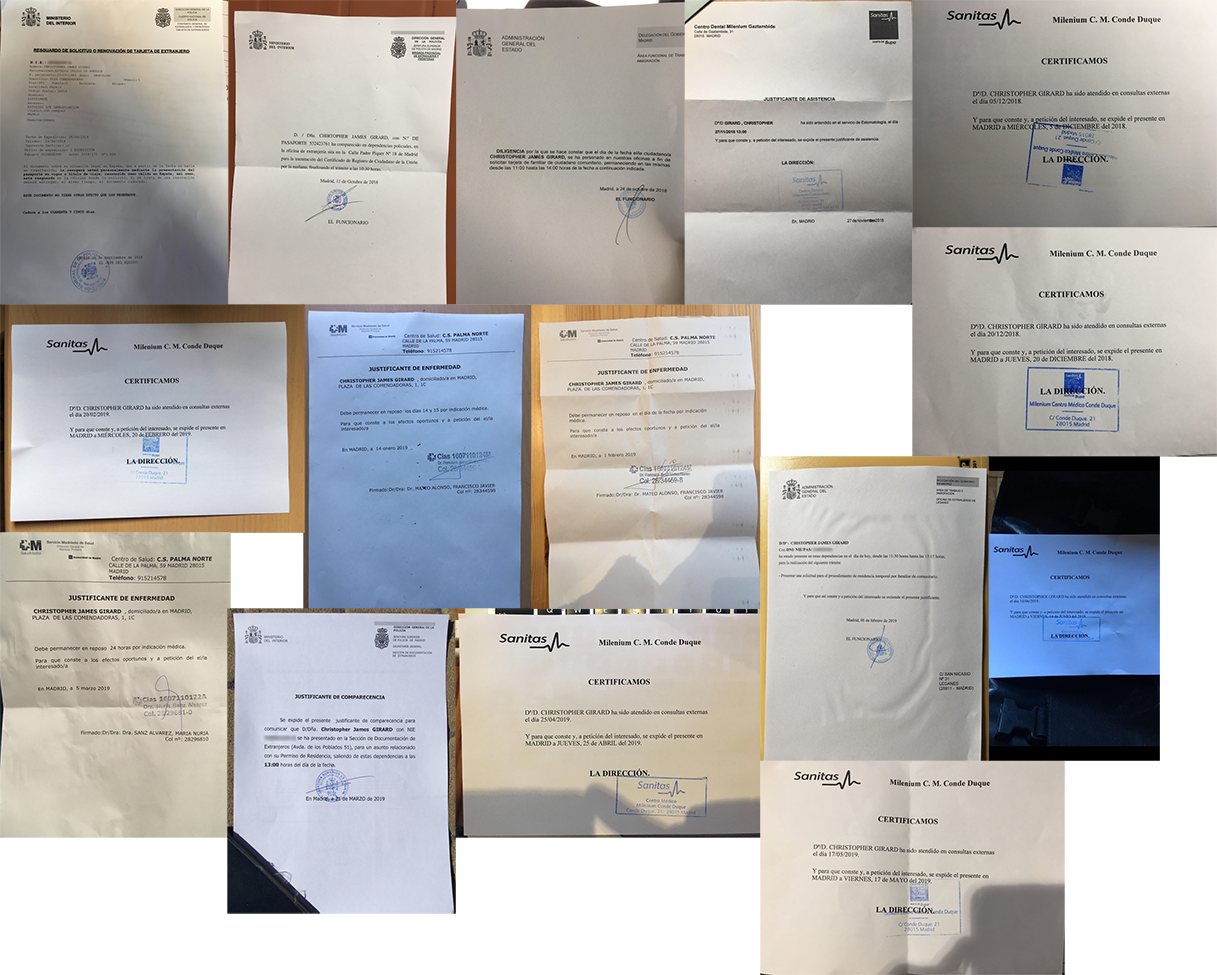

 I have lived in San Francisco before and I have visited Santa Cruz often from this city. I am now a teaching assistant and a graduate student there. As you go down the two way road from the big city, the intensely green bushes continue up the hill on top of a mountain overlooking the Pacific Ocean. The huge redwoods hide each of the buildings. There are bridges that connect each of the buildings because the campus buildings are not closely connected to each other. Within the university bubble, there is a radical political life. An hourly public bus takes the radical students back to the city center. The Loma Prieta earthquake in 1989 fractured the city center and the green trees on the campus hide the destruction of the earthquake. Roads are also like tectonic plates. There are new signs in front of pale and old buildings that lean towards where the earth sinks through the faults, and where the buildings of the past, due to the lack of the structure, crumble.
I have lived in San Francisco before and I have visited Santa Cruz often from this city. I am now a teaching assistant and a graduate student there. As you go down the two way road from the big city, the intensely green bushes continue up the hill on top of a mountain overlooking the Pacific Ocean. The huge redwoods hide each of the buildings. There are bridges that connect each of the buildings because the campus buildings are not closely connected to each other. Within the university bubble, there is a radical political life. An hourly public bus takes the radical students back to the city center. The Loma Prieta earthquake in 1989 fractured the city center and the green trees on the campus hide the destruction of the earthquake. Roads are also like tectonic plates. There are new signs in front of pale and old buildings that lean towards where the earth sinks through the faults, and where the buildings of the past, due to the lack of the structure, crumble.